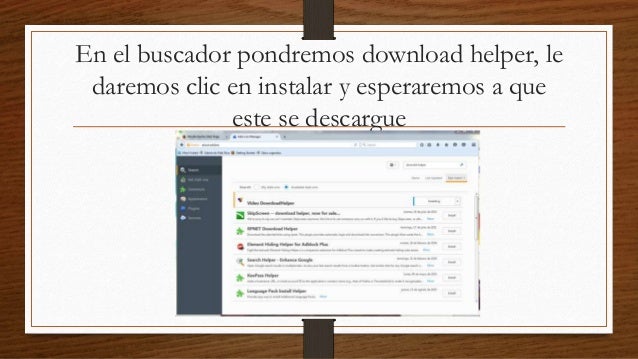
Here installing Firefox means configuring Firefox to work on your system. Step 3 – Install Firefox on Linuxįirefox source is completely pre-compiled and we don’t have to do anything to make it run on the system. This will extract all files under `/usr/local/firefox` directory. For example, if you downloaded the file to the “Downloads” directory, you can use the following command: tar xvjf firefox-108.0.tar.bz2 -C /usr/local Once the download is complete, open a terminal and navigate to the directory where you downloaded the zip file.

Make sure to select the “Linux 64-bit” option under “Desktop” and then click on the “Download Now” button to download the zip file.Īlternatively, you can use the following command to download Firefox 108 on your system: cd ~/Downloads wget

The next step is to download the latest version of Firefox from the Firefox download page ( ). unlink /usr/bin/firefox # Or rename file mv /usr/bin/firefox /usr/bin/firefox_bak Step 2: Download Latest Firefox for Linux For example, your current binary location is `/usr/bin/firefox`. Use the following command to remove the default installed firefox from rehat-based Linux distributions: sudo dnf remove firefoxĪlso, unlink or rename the current firefox binary (if available). So, it is recommended to remove any previous version installed on your system. Some of the Linux distributions have pre-installed Firefox web browsers.

Ensure you have enough disk space to accommodate the installation.

Disk Space Issues: The Firefox installation may fail if your computer does not have sufficient free disk space.Incompatibility with Your Windows Version: Firefox releases updates regularly, and sometimes the latest version may not be compatible with older Windows versions.It could be due to the following reasons: Why Does Firefox Fail to Install on Windows?įirefox is a widely used internet browser on Windows, but sometimes installation issues arise.


 0 kommentar(er)
0 kommentar(er)
